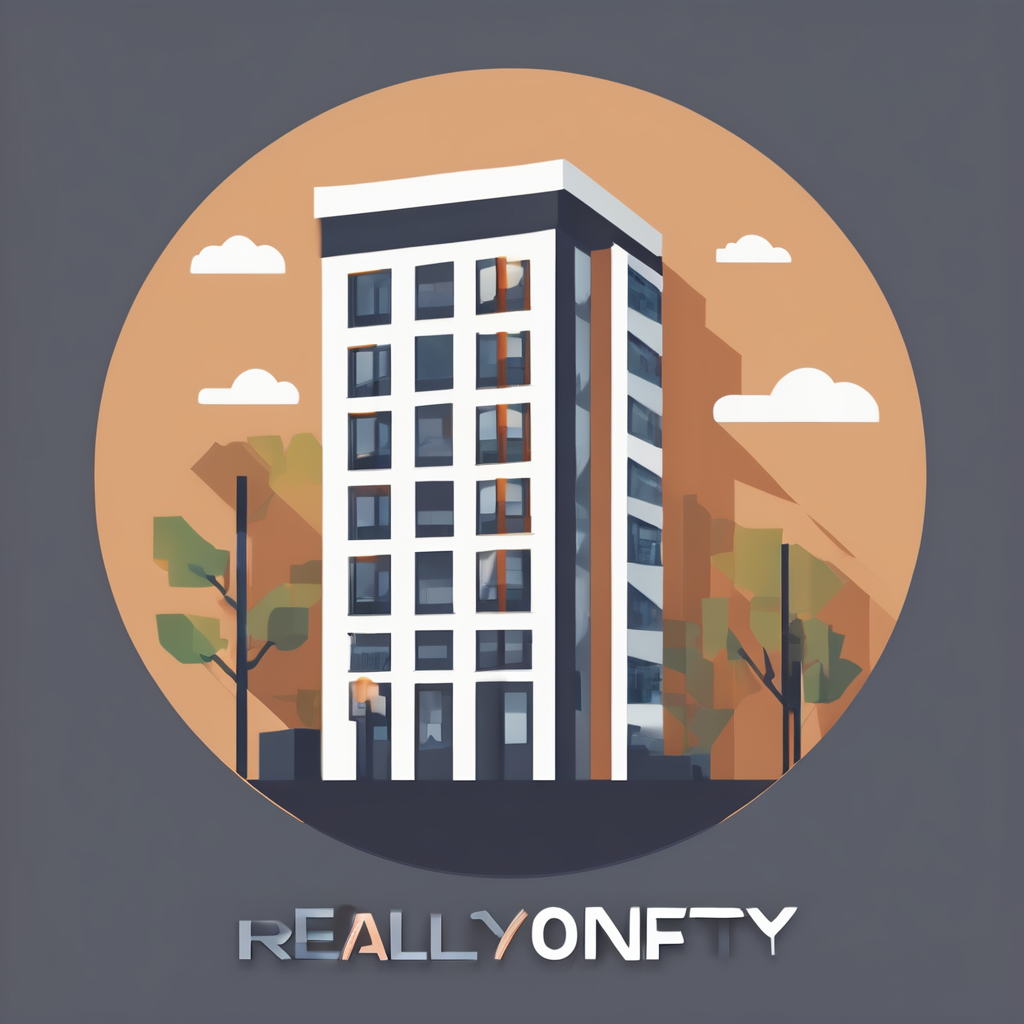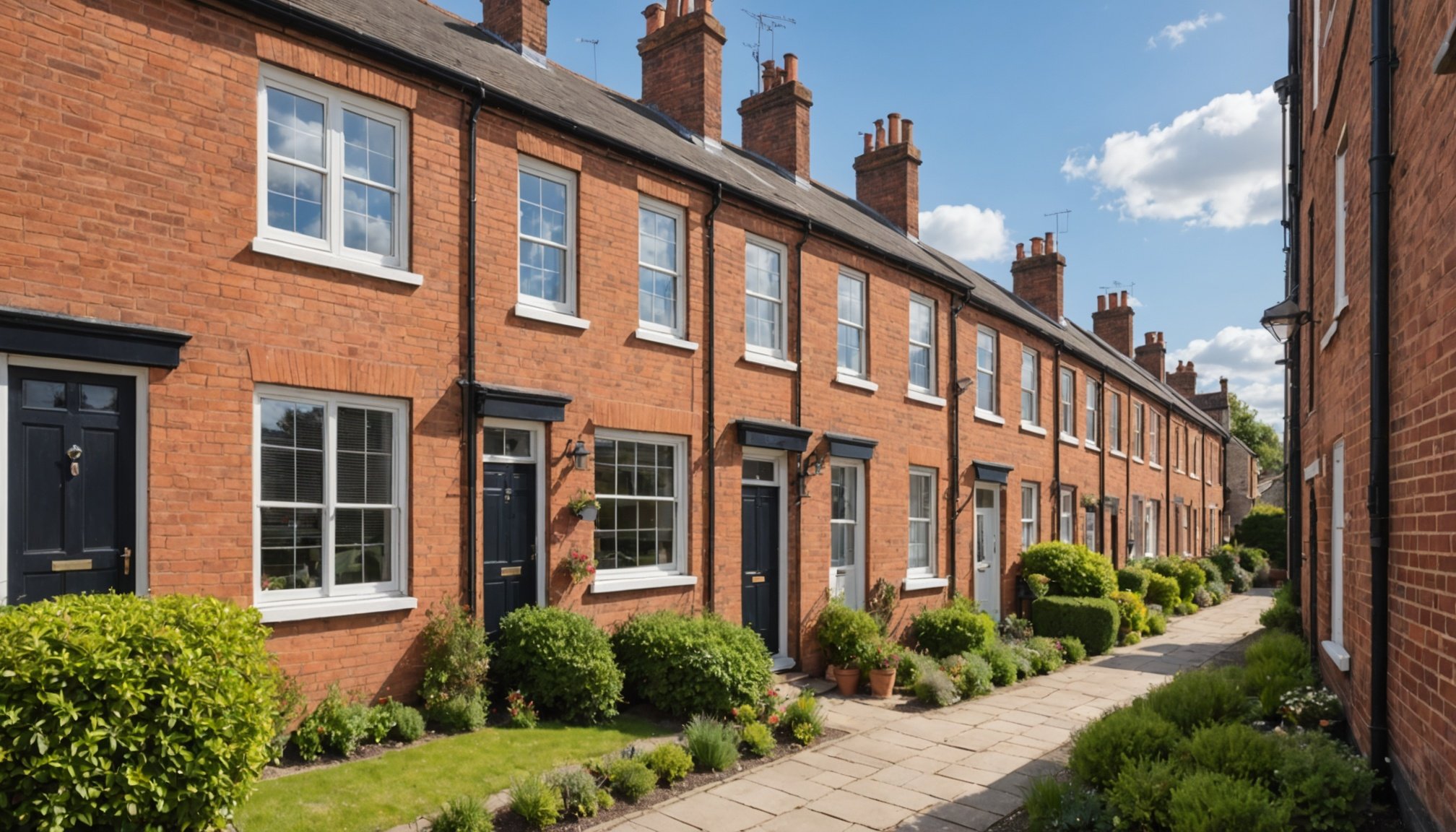Managing multiple properties remotely can be daunting for UK landlords. Thankfully, innovative technologies are reshaping this landscape, offering tools that simplify tasks and enhance efficiency. From advanced property management software to automated tenant communication systems, these solutions empower landlords to oversee their investments seamlessly. Discover how embracing these technological advancements can transform your property management approach, streamline operations, and ultimately improve tenant satisfaction, all while saving you valuable time and resources. Explore the future of remote property management with us.
Overview of Remote Property Management Technology
In the ever-evolving landscape of property management, UK landlords are increasingly turning to remote property management solutions. This approach leverages cutting-edge technology solutions to streamline operations, reduce costs, and enhance tenant satisfaction.
Dans le meme genre : Unlocking Savings: A Guide for UK Homeowners to Claim Tax Rebates on Energy-Efficient Home Upgrades
Remote property management refers to the use of digital tools and platforms that enable landlords to oversee their properties from a distance. This technology allows for efficient communication, maintenance scheduling, and financial management without the need for physical presence. The importance of adopting such solutions lies in their ability to save time and resources, ultimately leading to a more profitable and stress-free property management experience.
Key features of these innovative technology solutions for landlords include:
A lire en complément : Unlocking the Future: How UK Homebuyers Can Leverage Virtual Reality for Immersive Property Tours and Enjoy Its Benefits
- Automated rent collection: Ensures timely payments and reduces the risk of missed or late payments.
- Virtual tours and inspections: Facilitate tenant acquisition and property maintenance without in-person visits.
- Centralised data management: Provides easy access to crucial information like lease agreements and tenant records.
By embracing remote property management technology, landlords can enjoy benefits such as increased efficiency, improved tenant relations, and enhanced decision-making capabilities. These advancements make it easier for landlords to manage their properties effectively, even from afar, fostering a more sustainable and successful property management practice.
Popular Tech Solutions for UK Landlords
In the realm of property management, technology plays a pivotal role in transforming how landlords operate. By integrating property management software, automation tools, and management apps, landlords can optimise their processes and enhance tenant experiences.
Comprehensive Property Management Platforms
Comprehensive platforms offer an all-in-one solution for landlords. These platforms typically include features such as tenant screening, maintenance tracking, and financial reporting. They allow landlords to manage multiple properties efficiently, with everything accessible from a single dashboard. Popular options in the UK market include Arthur, Landlord Vision, and Property Hawk, each offering unique features and pricing plans tailored to different needs.
Automation Tools for Routine Tasks
Automation tools simplify routine tasks, such as rent collection and lease renewals. By automating these processes, landlords can ensure consistency and reduce the risk of human error. Tools like GoCardless and PayProp provide seamless integration with property management software, ensuring that financial transactions are handled smoothly and efficiently.
Mobile Applications for On-the-Go Management
Mobile applications cater to landlords needing flexibility and accessibility. These apps allow landlords to manage their properties from anywhere, providing features like instant communication with tenants, access to property data, and the ability to schedule maintenance requests. Apps such as Rentec Direct and Buildium offer robust mobile solutions, enabling landlords to stay connected and informed while on the move.
Case Studies of Successful Tech Implementations
Exploring case studies provides valuable insights into how landlords have harnessed innovative solutions to transform their property management practices. These success stories highlight the tangible benefits of adopting technology.
One notable example is a UK-based landlord managing a portfolio of residential properties. Faced with the challenge of inefficient rent collection and tenant communication, they turned to a comprehensive property management platform. This solution automated rent collection, significantly reducing late payments. Additionally, the platform facilitated seamless tenant communication, allowing for instant updates and maintenance requests. As a result, tenant satisfaction improved, and the landlord reported a 20% increase in on-time payments.
Another success story involves a landlord struggling with time-consuming maintenance scheduling. By implementing an automation tool, they streamlined maintenance requests and scheduling. This innovative solution not only saved time but also improved response times to tenant issues. Consequently, the landlord observed a 30% reduction in maintenance-related complaints.
These case studies demonstrate the measurable outcomes and improvements that technology can bring. By overcoming challenges with innovative solutions, landlords can enhance efficiency, tenant relations, and ultimately, their bottom line.
Tips for Effective Usage of Technology in Property Management
Embracing technology in property management can significantly enhance efficiency and tenant satisfaction. Here are some best practices and efficiency tips to make the most of these tools.
Training and Support for Landlords
Proper training is crucial for landlords to fully utilise technology. A comprehensive user guide can provide step-by-step instructions and examples. Additionally, access to ongoing support ensures landlords can troubleshoot issues promptly, maintaining smooth operations.
Integrating Multiple Tools and Platforms
Effective property management often requires the integration of various tools. Combining platforms for rent collection, tenant communication, and maintenance tracking allows for a seamless workflow. This integration reduces time spent on manual data entry and minimises errors.
Regular Updates and Maintenance
To maximise the benefits of technology, regular updates and maintenance are essential. These ensure that software remains secure and functional. Staying updated with the latest features can also provide landlords with new opportunities to improve their management practices.
By focusing on these strategies, landlords can avoid common pitfalls and enhance their property's management. Listening to user feedback and adapting to new challenges will further optimise the use of technology in property management.
Comparison of Different Property Management Technologies
Navigating the landscape of property management technologies requires a thorough software comparison to identify the best fit for your needs. Conducting a feature analysis of top solutions helps highlight their unique capabilities and benefits.
When comparing platforms like Arthur, Landlord Vision, and Property Hawk, consider their key differentiators. Arthur offers robust tenant communication tools, while Landlord Vision excels in financial management features. Property Hawk, on the other hand, provides a free basic plan, making it an attractive option for budget-conscious landlords.
A comprehensive cost evaluation is essential to determine the value proposition of each platform. Pricing structures vary significantly, with some offering tiered plans based on the number of properties managed. For instance, Arthur provides scalable pricing, accommodating both small and large portfolios. Landlord Vision offers a flat monthly fee, simplifying budgeting for landlords with consistent property numbers.
Understanding these key differentiators and pricing models allows landlords to make informed decisions that align with their specific requirements and financial constraints. By leveraging a detailed feature analysis, landlords can optimise their management practices and enhance tenant satisfaction efficiently.
Future Trends in Property Management Technology
As the property management industry evolves, future trends and innovations are reshaping how landlords manage their properties. These industry predictions highlight the transformative impact of technology.
Emerging Technologies in Property Management
Emerging technologies are set to revolutionise property management. Smart home devices, for instance, are becoming more prevalent, offering landlords enhanced control over property conditions. These devices can automate lighting, heating, and security, providing tenants with improved living experiences. Additionally, blockchain technology promises to streamline transactions and enhance data security, offering a transparent and tamper-proof way to handle lease agreements and payments.
The Role of Artificial Intelligence and Machine Learning
Artificial intelligence (AI) and machine learning are playing pivotal roles in property management. These technologies enable predictive maintenance, identifying potential issues before they become costly repairs. AI can also enhance tenant screening processes, offering landlords deeper insights into potential tenants' backgrounds. By leveraging these technologies, landlords can optimise operations and improve tenant satisfaction.
Predictions for the Next 5-10 Years
Over the next 5-10 years, technology is expected to further integrate into property management. Virtual reality tours will become standard, providing immersive property viewing experiences. Landlords will face challenges like data privacy but will gain opportunities to enhance efficiency and tenant relations through these advancements.
Integrating Technology into Existing Management Practices
Integrating technology into existing management practices can be a transformative process for landlords. Here’s a step-by-step guide to help navigate this transition effectively.
Firstly, assess your current management practices to identify areas where technology can provide improvements. This could involve automating repetitive tasks or enhancing tenant communication. Once these areas are identified, explore various landlord tools that align with your needs.
Next, develop a clear integration strategy. Begin with a pilot phase, implementing one or two tools to test their effectiveness. This gradual approach helps in managing resources and minimising disruptions. Ensure that all stakeholders, including staff and tenants, are informed and trained on the new systems. Training sessions and user guides can be instrumental in overcoming resistance to change.
Building a tech-savvy management culture is crucial for long-term success. Encourage continuous learning and adaptation of new technologies among your team. Create an environment where innovation is valued, and feedback is actively sought to refine processes.
By following these steps, landlords can seamlessly incorporate technology into their operations, enhancing efficiency and tenant satisfaction.











